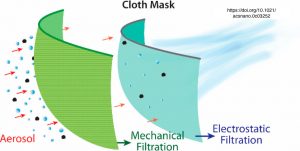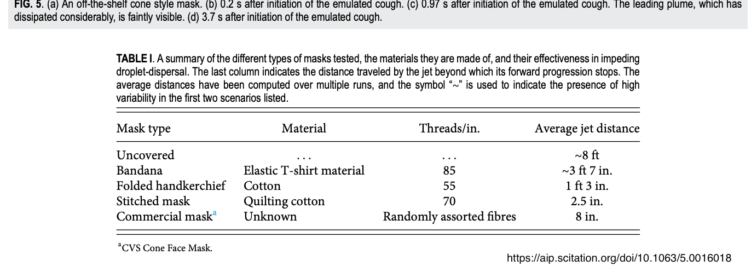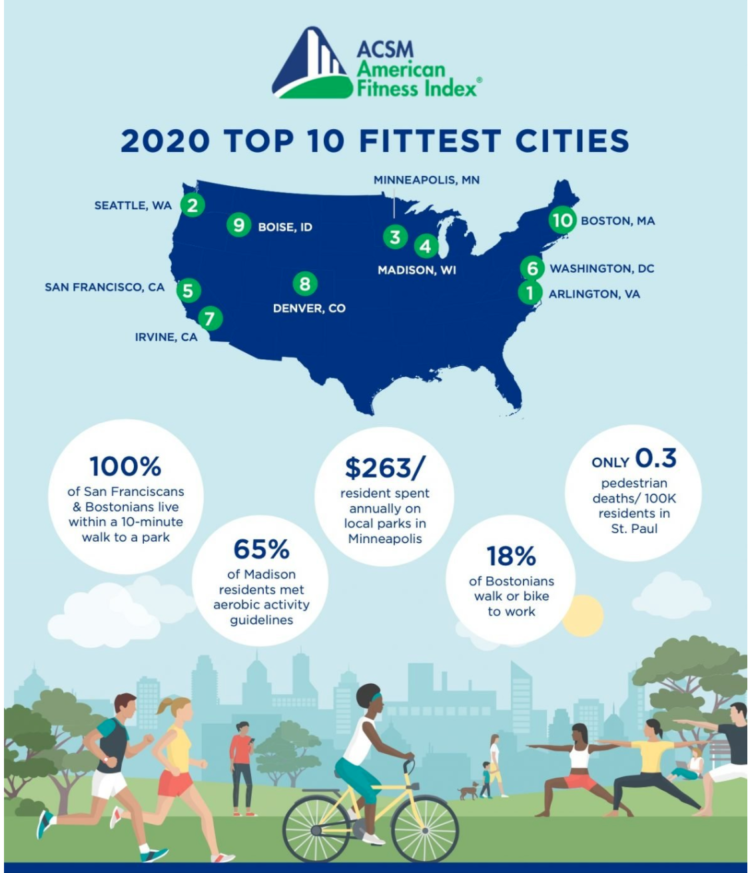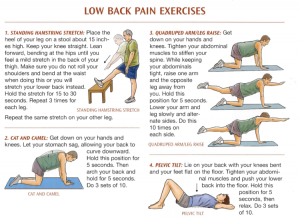What Are The Filtering Properties of Homemade Masks? 
In our last newsletter we discussed the science of COVID-19 spread and protections offered by wearing masks. We discussed respiratory particle size related to how viruses like COVID-19 create infectious contagion. One of our patients asked a great question about the quality of masks and the relative protection of various mask types. In searching for the science behind the answer we came across an article which does a good job examining the differences in fabric choice for homemade masks and compares them to medical grade N95 masks. While fairly technical, many of you enjoy these details. For others, we’ve summarized the research below. Also included are a few other studies we hope will be helpful as you choose which fabric combinations to use when considering facial coverings. We cannot over-emphasize the importance of effective facial coverings in preventing the spread of COVID-19. Make sure your mask covers your mouth and nose, and don’t touch your face. Masks do work, so get creative!
Below is an unofficial adaptation of an article that appeared in an ACS publication. ACS has not endorsed the content of this adaptation or the context of its use.
Aerosol Filtration Efficiency of Common Fabrics Used in Respiratory Cloth Masks, Konda A., et al, ACS Nano 2020, 14, 5, 6339-6347
https://doi.org/10.1021/acsnano.0c03252
The use of cloth masks, many of them homemade, has become a common practice to prevent the spread of COVID-19. Yet there is limited data available on how effective common cloth materials might be in containing aerosolized infectious particles. In particular, particles that range in size from one millionth to one billionth of a meter (10 micrometer μm – 10 nanometer nm). This research reports the results of experiments that measured the filtration abilities of a number of common fabrics and hybrid cloth to filter particles ranging in size from about 10 nm to 6 μm. These include cotton, the most widely used fabric in cloth masks, as well as fabric fibers that can be electrostatically charged, such as natural silk.
‘Aerosols remain suspended in the air for longer durations due to their small size and play a key role in spreading infection. The use of physical barriers such as respiratory masks can be highly effective in mitigating this spread via respiratory droplets.’
https://doi.org/10.1021/acsnano.0c03252
Respiratory droplets can be of various sizes and are commonly classified as aerosols when they are <5 μm, and droplets that are greater than 5 μm. What happens to these droplets largely depends on environmental factors like humidity, temperature, and air flow. In general, the larger droplets settle due to gravity and do not travel distances more than 1–2 meters. However, these small particles or aerosols remain suspended in the air for longer durations due to their small size and play a key role in spreading infection. The use of physical barriers such as respiratory masks can be highly effective in mitigating this spread via respiratory droplets.
Researchers also found that cotton, natural silk, and chiffon can provide good protection provided they have a tight weave. Tight weaves typically filter above 50% of particles in the 10 nm to 6.0 μm range. While a 600 thread count cotton sheet can filter on average, 79% of particles sized 10 nm to 300 nm and 98% of larger particles. A cotton quilt with batting was found highly effective at blocking 96% of both small and large particles. The highly fibrous nature of the batting likely increases the performance for smaller particles. Silk and chiffon are also particularly effective at excluding smaller particles. While these fabrics are sheer, researchers believe silk and chiffon have electrostatic properties that ‘repel’ nanoscale aerosol particles with an electric charge. Combination or hybrid cloths likely have the combined effects of electrostatic and physical filtering.
The CDC has recently changed its recommendation with regard to use of cloth masks in the community. This early release article from the CDC discusses the use of fabric masks for the general public and now advocates use of masks to curtail COVID-19. This is based on studies that show there is a high risk of transmission from asymptomatic or pre-symptomatic persons. As many as 25-50% of persons with COVID-19 have mild cases or are asymptomatic putting them at risk of transmitting infection to others. In addition, use of cloth masks by the community spares N95 masks for health care workers.
Lastly, a study from the journal Physics of Fluidsalso demonstrated that quilted cotton was extremely effective in blocking almost all small aerosol particles with minimum leakage from the edges of the mask. Cone-style masks available from pharmacies like CVS, while still deemed effective, allowed notable leakage. You can see the comparison of various fabrics and how they compare to filtering a jet of aerosolized particles in the chart below. The fit makes the difference, so make sure your mask fits the face well without any gaps.

San Diego Ranks 11th in Index of Fittest Cities!
For the past 10 years the American College of Sports Medicine and Anthem Foundation has provided the American Fitness Index, a ranking of the overall fitness of 100 major American cities. San Diego often comes out near the top and this year is no different. Given that July is National Parks and Recreation Month, it seems fitting to take a look at why San Diego is one of the fittest cities.

San Diego ranks among the top of the ‘fittest cities’ mostly due to our personal health score ranking of 7th out of 100 cities. In San Diego 55.2% residents are in excellent or good health compared to an average city score of 50.2%. Our lower rates of high blood pressure, obesity, stroke, and angina or coronary artery disease help push us higher in the rankings.
Despite our love of the outdoor life and being known for our beaches, biking, and other outdoor events, San Diego ranked 39th for parks and environmental factors. With just 3.3 parks per 10,000 residents, we fall way behind Madison, WI with 11.1 parks per 10,000 people. Outdoor space aside, San Diego is still above the average when exercising for all cities with 79.9% residents exercising the past 30 days. We underperform with only 57.9% getting enough aerobic activity, and only 25.8% meeting aerobic and strength training guidelines. Even with severe weather, Madison, WI and Arlington, VA each ranked #1 in meeting aerobic exercise guidelines and meeting aerobic and strength training guidelines, respectively.
We love our Farmers Markets, right?
According to the index, San Diego falls below the average city with 14 farmers markets per 1,000,000 residents. Washington, D.C. has a whopping 82.6 farmers markets per 1,000.000 residents! Despite the fact that California agriculture grows the most vegetables, only 17% of San Diegans eat 3 or more vegetables each day. Along with the plethora of farmers markets, D.C. residents also consume more vegetables each day with 29.5% of residents consuming 3 or more each day.
Fun…But What To Do With This Data?
Take a look at your own habits. If you eat more than 3 vegetables a day and meet the goal of 150 minutes of aerobic exercise each week, you are doing pretty well! If you slack on getting in the strength training like many San Diegans, find ways to add that into your routine. Call us to schedule a health check, especially if you have diabetes, heart disease, or depression. COVID-19 isn’t taking a break anytime soon so it’s important to stay on top of your health.
Take advantage of our open spaces. While we may fall short in city parks, our State and County parks with trails to bike and hike are numerous. According to the ACSM Fitness Index, in 2020 parks have played new and vital roles. Responding to the needs COVID-19 has created, parks have pivoted from providing swimming lessons and league sports to serving meals to school children in need, and providing childcare for front-line workers. Parks and open spaces play many vital roles in our health. So get out there and enjoy!
More resources from ACSM Fitness Index:
Community Action Guide
City Comparison Tool
Online Educational Resources Just For You!
You don’t have to surf the web to find answers about common health issues and exercise from Dr. Google. The SDSM Patient Education resource can provide answers to many of your health questions and is always available on our website. These resources have been curated by your SDSM team of experts, putting access to our advice right at your fingertips. 
The Patient Education resource includes information on understanding and treating common injuries and ailments. Learn if heat or ice is best, or whether you should take an over-the-counter anti-inflammatory medication. It also provides advice on specific exercises to strengthen various parts of your body parts. For example, you’ll find the correct instructions for core exercises and more that you can easily do at home.
In our Treating Back Pain resource you can find what causes low back pain and how it is diagnosed. You’ll learn:
- What you can do at home to ease back pain.
- Find guidance on proper body positioning in bed.
- Exercises to safely strengthen your back.
- Tips on preventing future low back pain.
You can find the entire Patient Education collection here, We hope you take advantage of this fantastic resource and share it with your family and friends.
Stay safe San Diego.
No matter your particular health concern, SDSM continues to be here for you. Don’t put off important checks on your health especially if you have diabetes, asthma, COPD, heart problems, impaired immune function, difficulty getting enough sleep, or are experiencing high levels of stress. We know that health problems still happen and you may need an in-person appointment for injuries, general physicals, annual health assessments, and management of chronic conditions. You can trust that we disinfect between each patient interaction using CDC approved disinfectants and practice all recommended social distancing and infection control guidelines. We are also experts in telemedicine where we can coach you on self-care at home, check in regarding medications or necessary prescriptions, or evaluate the need for an in-person visit. We still recommend that cold/flu/COVID-19 symptoms and patients at increased risk of complications from COVID-19 are best addressed through a convenient telemedicine appointment.
Please call us if you feel ill. Whether you have been practicing stay at home measures, traveling, or out in the community, take care to wear a mask, practice a minimum of six foot social distance from others, wash your hands frequently, and avoid touching your face, mouth, and nose. Working together, we can help you to stay safe, healthy, and thrive.
Yours in health,
The Physicians and Staff of San Diego Sports Medicine and Family Health Center

